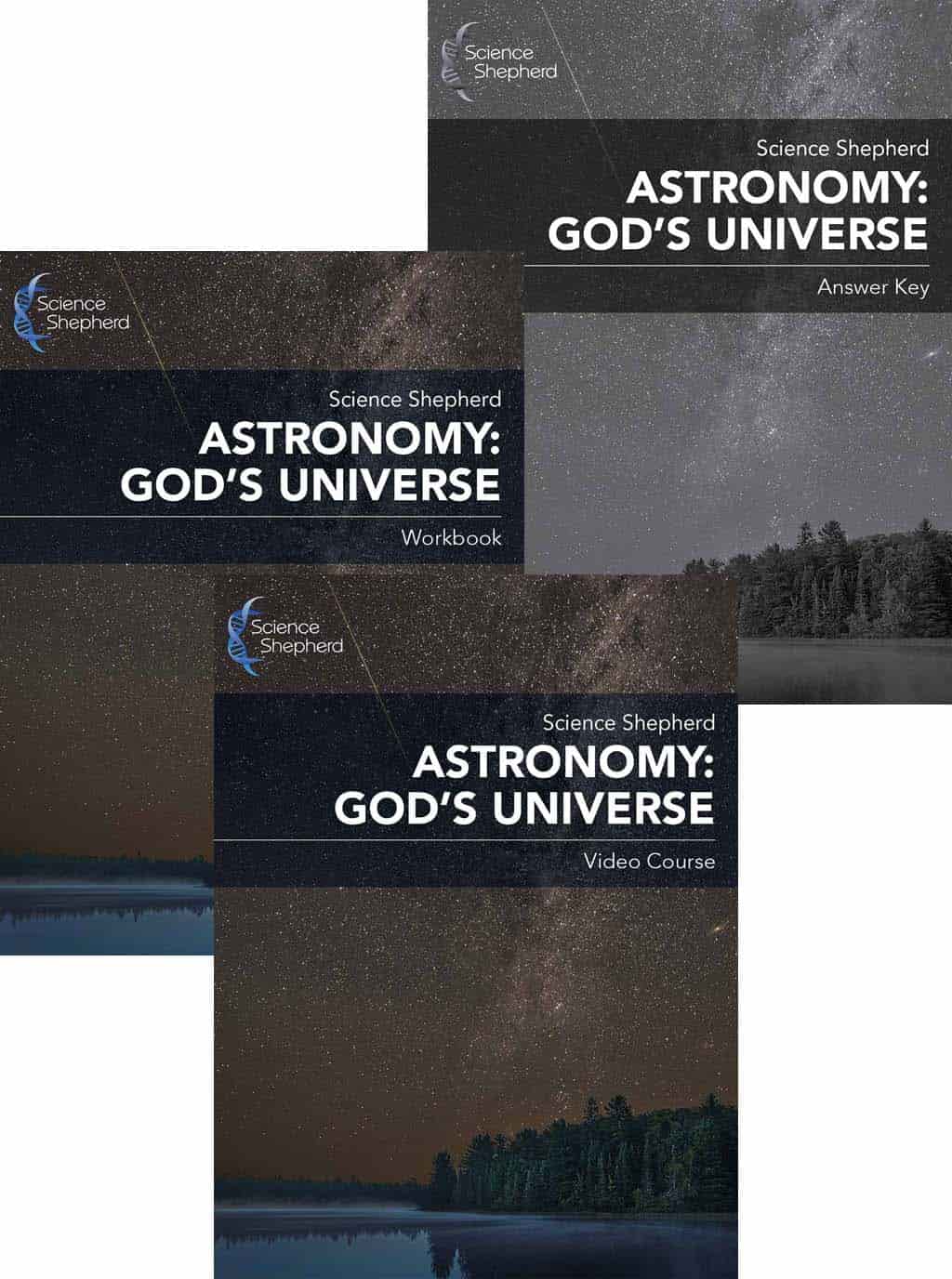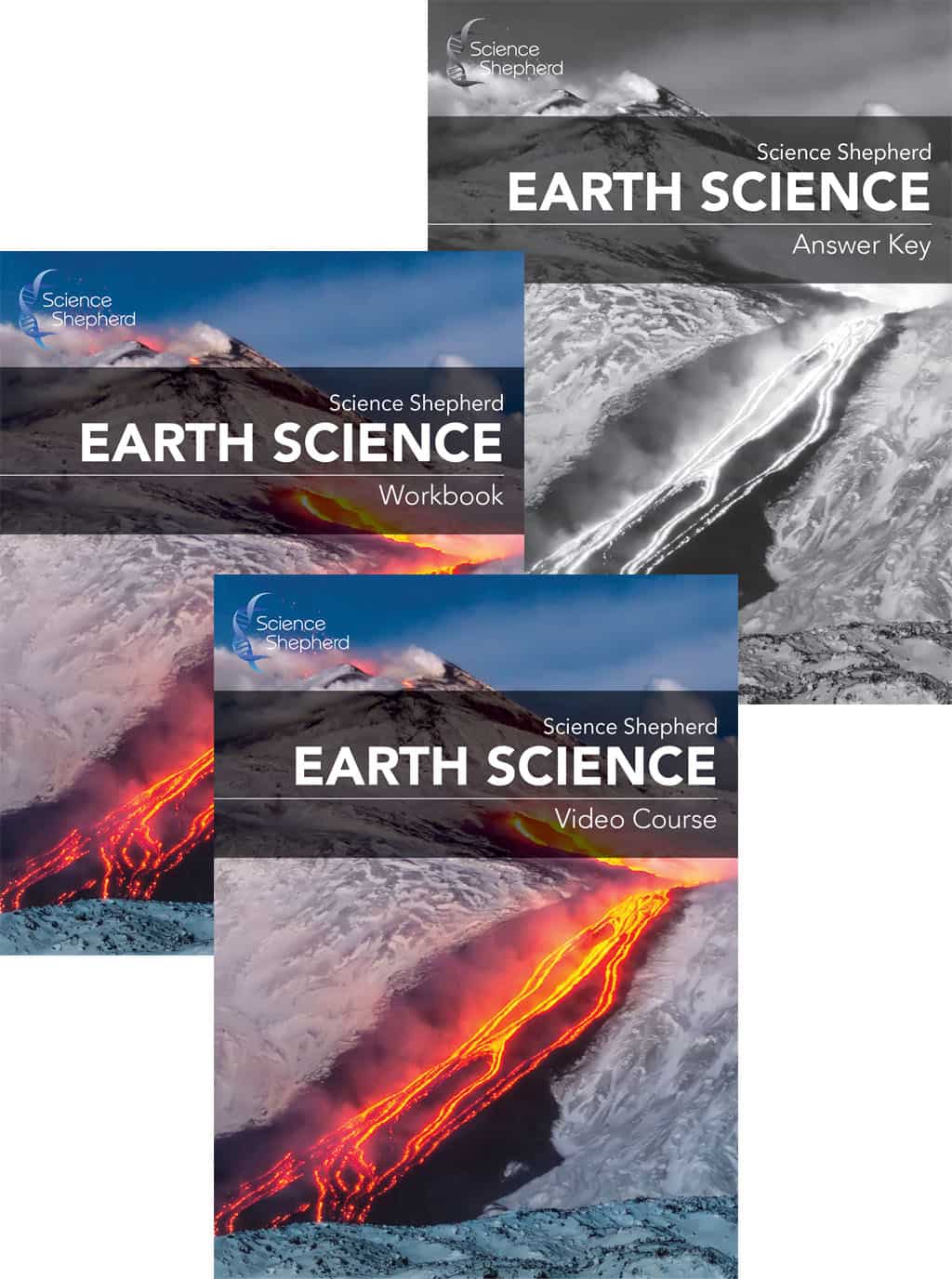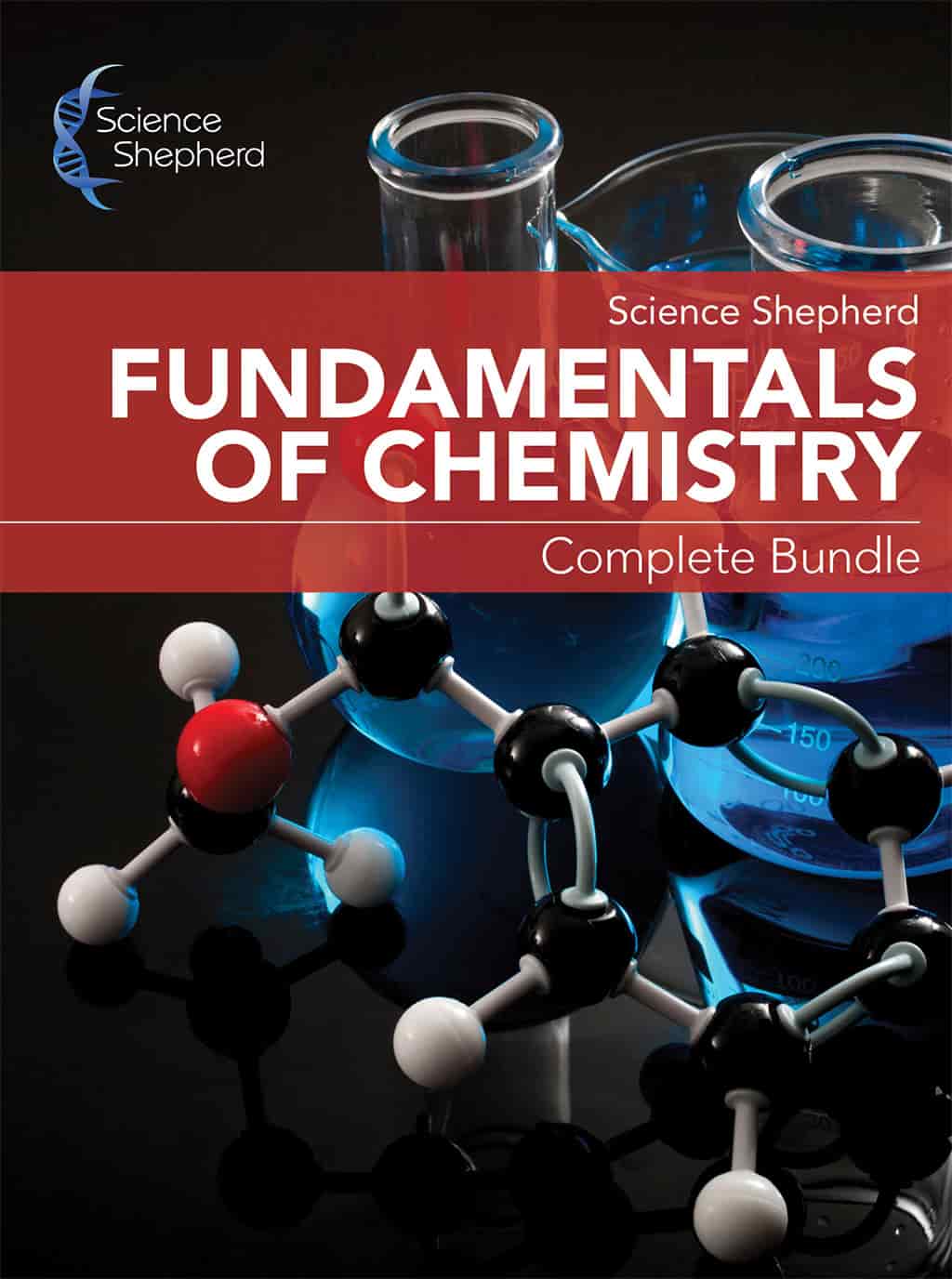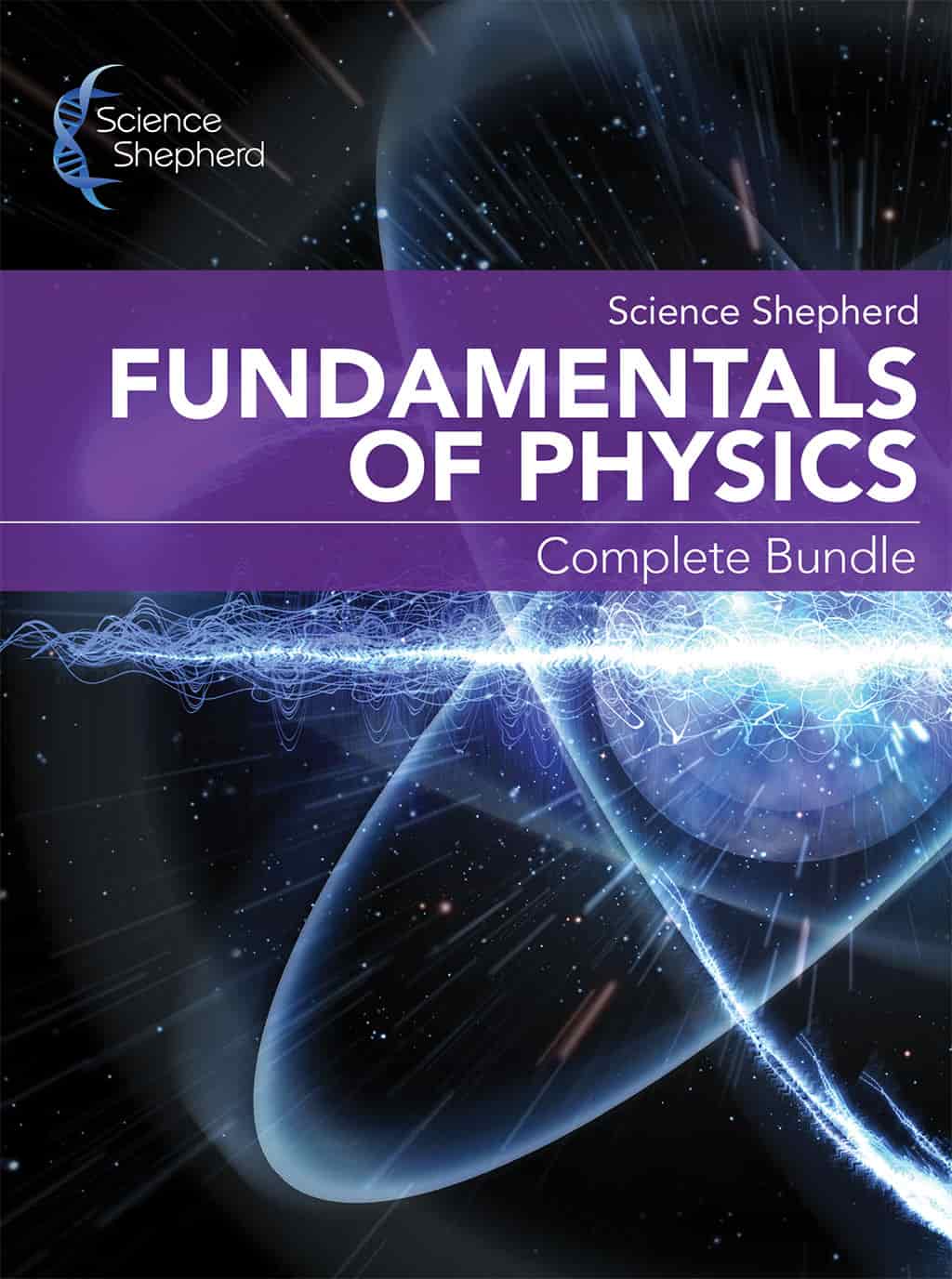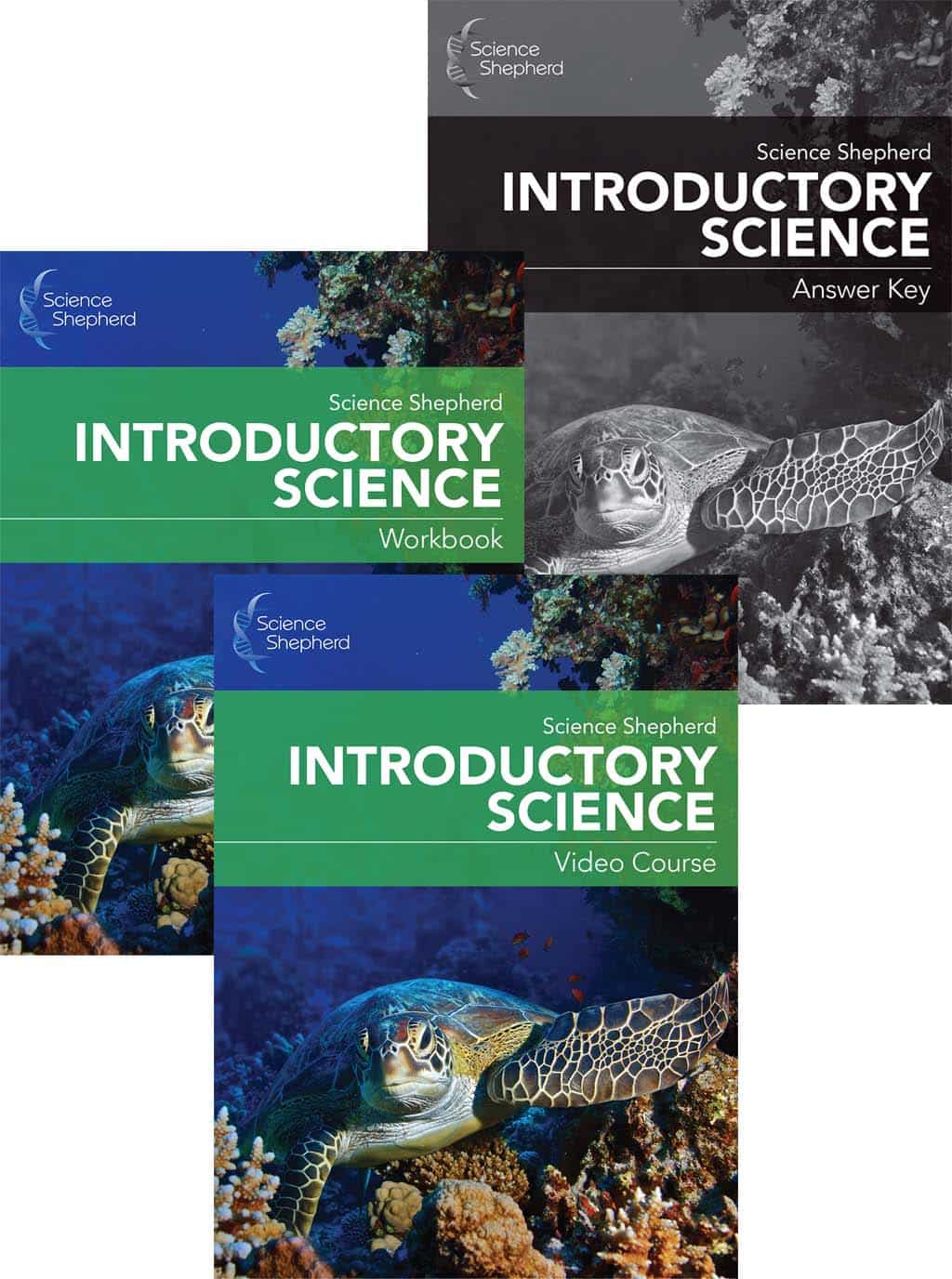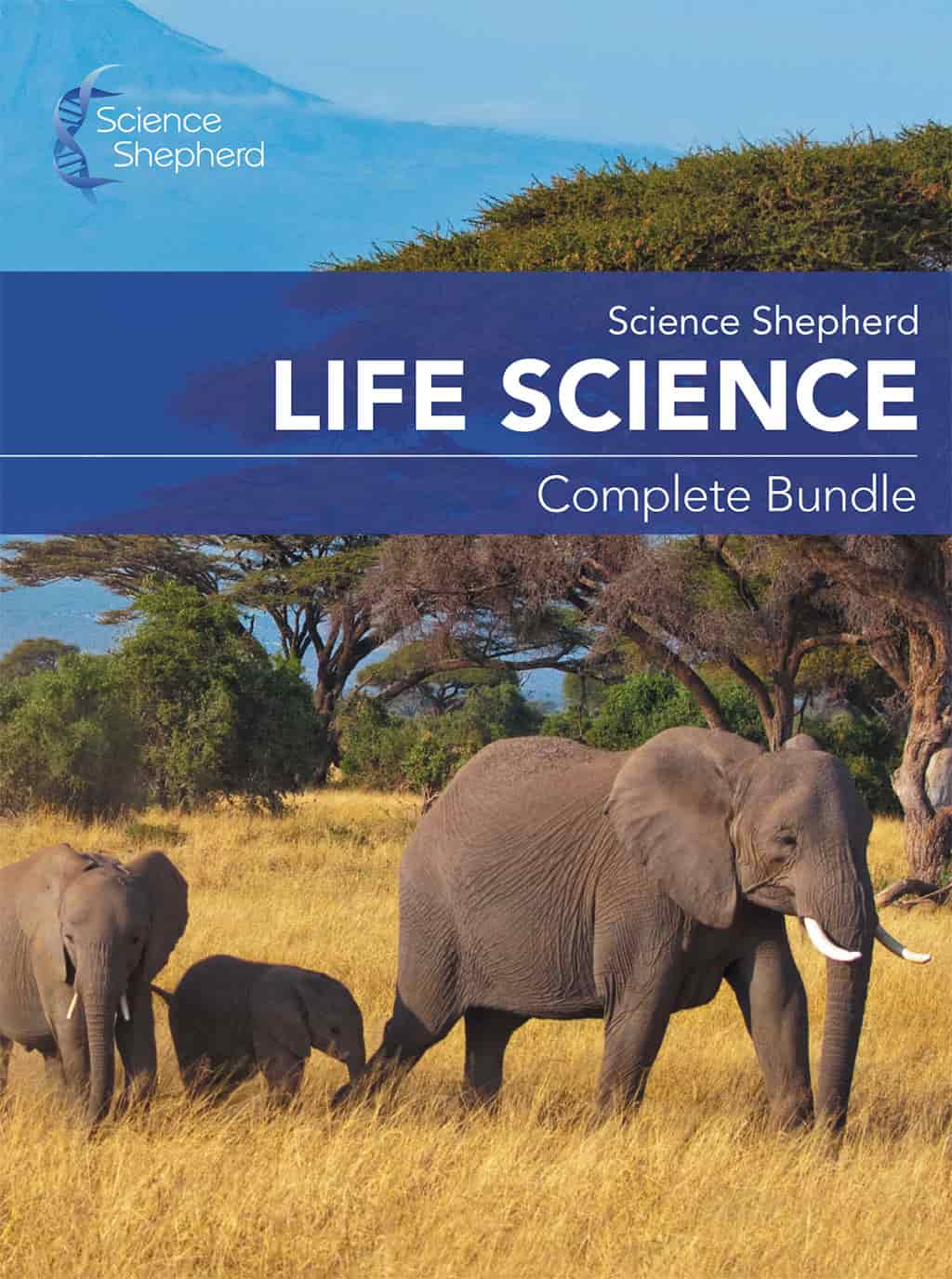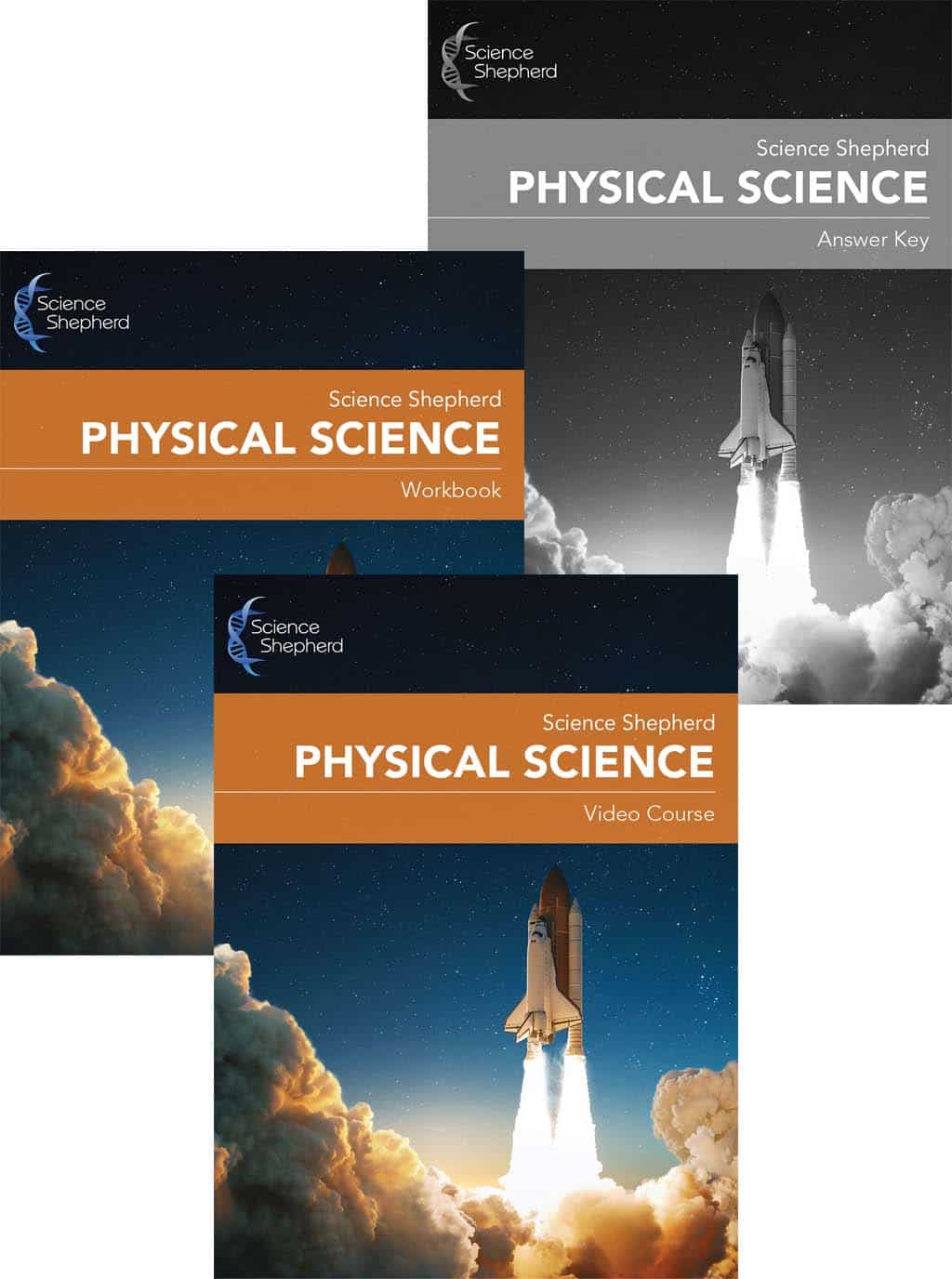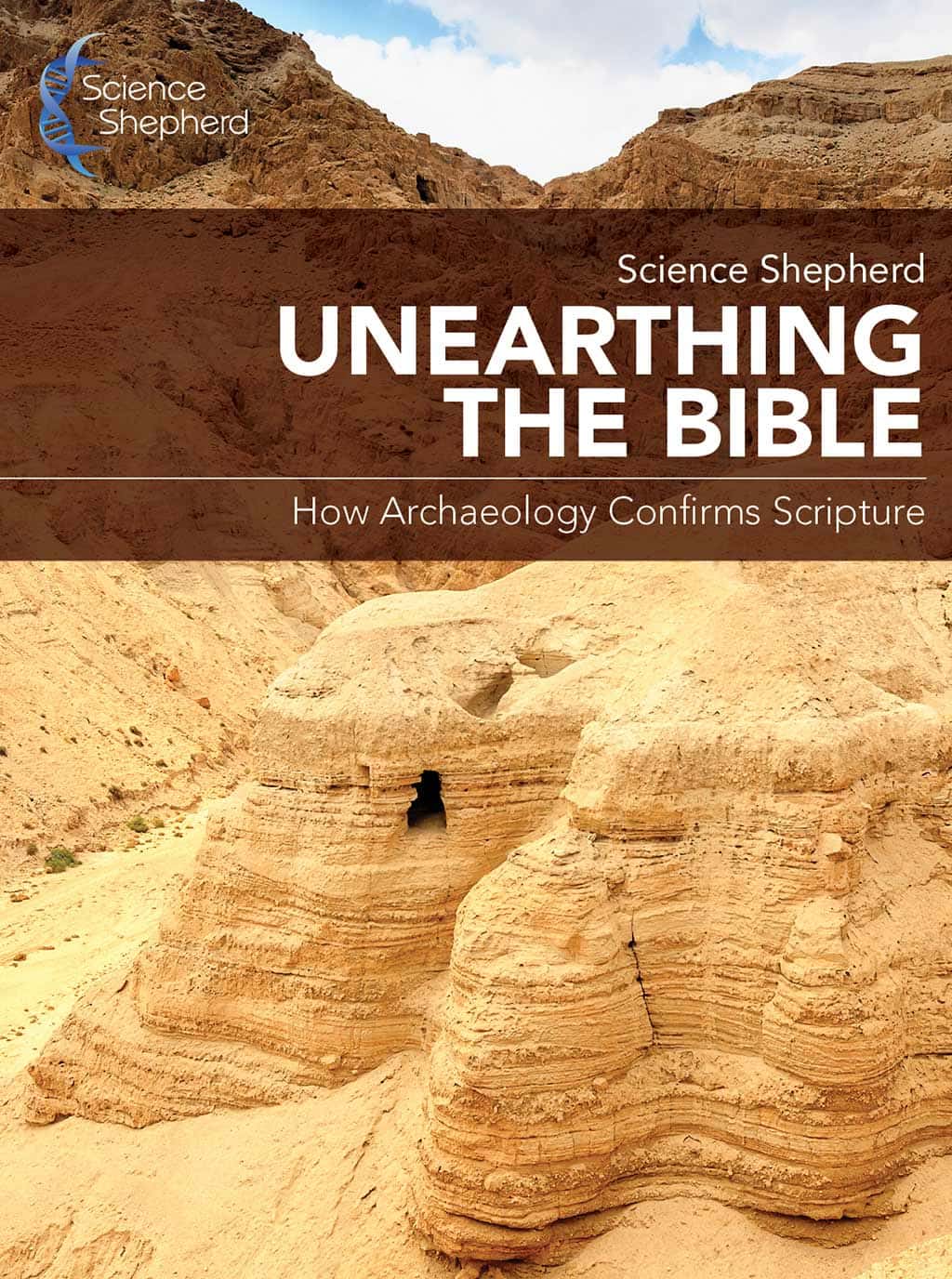Signers and Scientists: An Independence Day Post

Scientists Among the Founding Fathers
We may think of history and science as separate fields. However, since many players in history devoted much of their time and talents to science-related endeavors, history and science can go together. Good news for history lovers who have to study science and for explorers who would rather experiment than learn about the past! As we celebrate July 4th in the USA, let’s look back on a few of our Founding Fathers who both signed the Declaration of Independence and worked in science fields. For example, did you know that the first American chemistry text was published by a signer of the Declaration of Independence? Read on to find out which signer it was and other facts about signers of the Declaration of Independence and their scientific interests.
Who was (probably) the second signer of the Declaration of Independence? Josiah Bartlett. He was also a physician and was the founder of the New Hampshire Medical Society. Supporting independence came at no small cost to Dr. Bartlett: “his home was burned to the ground allegedly by loyalist spies”.1
Benjamin Rush’s mother started a grocery store after young Benjamin’s father died, and Benjamin received much of his early education from his uncle.2 When Benjamin grew up, he studied medicine and became a doctor. Before the War for Independence started, he became a chemistry professor at the now University of Pennsylvania.3 By now, you may have figured out that Rush is the signer of the Declaration of Independence who published the first chemistry text in the thirteen colonies.4 During two yellow fever epidemics, he stayed in Philadelphia to help. He was also part of the founding of the Pennsylvania Bible Society.5
Robert Treat Paine signed the Declaration of Independence as a delegate from Massachusetts. While his career focused on law, politics and being a judge, he had an interest in astronomy.6 He is noted for being a founder, along with other fellow patriots, of the American Academy for the Arts and Sciences. This Academy was started with the purpose,
to promote and encourage the knowledge of the antiquities and the natural history of America; to determine the uses to which the various natural productions of the country may be applied; to promote and encourage medical discoveries, mathematical disquisitions, philosophical enquiries and experiments, astronomical, meteorological and geographical observations, and improvements in agriculture, arts, manufactures and commerce; and, in fine, to cultivate every art and science which may tend to advance the interest, honor, dignity, and happiness of a free, independent, and virtuous people.7
One way that Paine helped the colonies gain independence was by helping them be able to produce gunpowder – a very necessary part of waging the War for Independence.8
Besides signing not only the Declaration of Independence but also the peace treaty with England and the Constitution, Ben Franklin was a scientist and inventor. Probably a good number of us are familiar with his experiment with a kite showing the electrical nature of lightning and thunderstorms. He invented the lighting rod to help protect buildings from being struck by lightning, thus helping prevent fires from starting and buildings from burning down. We can thank Franklin for the fact that we say electricity has a “positive” or “negative” charge along with other electricity-related words like battery, charge and conductor.9
Bonus
In the USA, we celebrate the signing of the Declaration of Independence on July 4th and look back to 1776 as the year that began our country’s life as an independent nation. If we move forward in history eleven years to 1787, we come to the signing of the Constitution that is still used today to govern our nation. One signer of the Constitution, Charles Cotesworth Pinckney, isn’t known for scientific achievements himself but was the son of Eliza Lucas Pinckney who had an interest in botany. Eliza’s botanical endeavors included developing the indigo industry in South Carolina. Perhaps her interests inspired her son who studied botany as a young man in Europe.10 Like Benjamin Rush, Pinckney was involved in starting a Bible Society in his state.11
We hope remembering these signers of the United States’ founding documents who pursued scientific endeavors helps our readers in the USA celebrate Independence Day with gratitude. Here at Science Shepherd, we realize that having a solid understanding of science can change the course of history and make the world a better place. Want to help your child learn about science in a way that honors the Lord as the Creator so that they can be prepared for whatever opportunities await them? Take our quiz to find which of our offerings is the best fit for you and your student!
Happy Independence Day!
Science Shepherd
Notes
1. “Dr. Josiah Bartlett – NHMS Founder”. https://www.nhms.org/About-NHMS/Dr-Josiah-Bartlett. Retrieved June 30, 2022.
2. Boyer, Marilyn. “Benjamin Rush”. For You They Signed.
3. “Penn Chemistry History”. https://www.chem.upenn.edu/penn-chemistry-history. Retrieved June 30, 2022.
4. Ibid.
5. Homepage (see photo). pabible.org. Retrieved June 30, 2022.
6. “Robert Treat Paine”. https://www.britannica.com/biography/Robert-Treat-Paine. Retrieved June 30, 2022.
7. “Charter of Incorporation of the American Academy”. https://www.amacad.org/archives/charter. Retrieved June 30, 2022.
8. Boyer, Marilyn. “Robert Treat Paine”. For You They Signed.
9. “Electrical charge and current – a short history”. https://spark.iop.org/electric-charge-and-current-short-history. Retrieved June 30, 2022.
10. “The Founding Fathers: South Carolina”. https://www.archives.gov/founding-docs/founding-fathers-south-carolina#pinckney. Retrieved June 30, 2022.
11. Ibid.
Sign-Up Today!
Subscribe for the latest news and receive 10% off and a FREE resource!
Recent Articles
10% Off Your Next Order
Subscribe to our newsletter and we'll send you a code for 10% off an order
plus a free download of 5 Scientific Ways Your Kids Can Defend Their Faith.
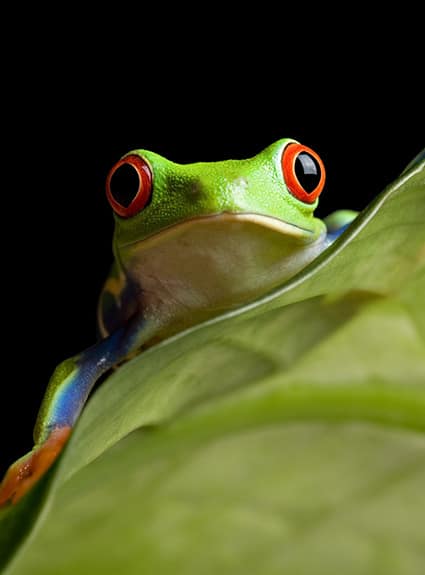
10% Off and a Free Download
When you sign-up for our newsletter we'll send you 10% off your next purchase and our free article,
5 Scientific Ways Your Kids Can Defend Their Faith.

